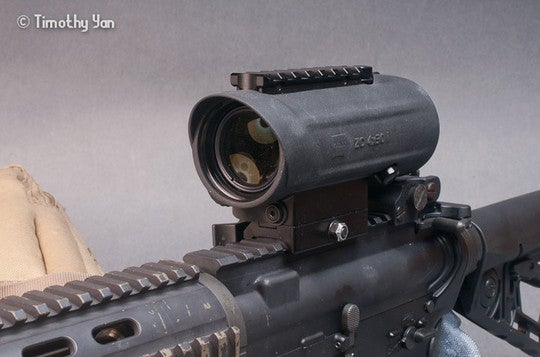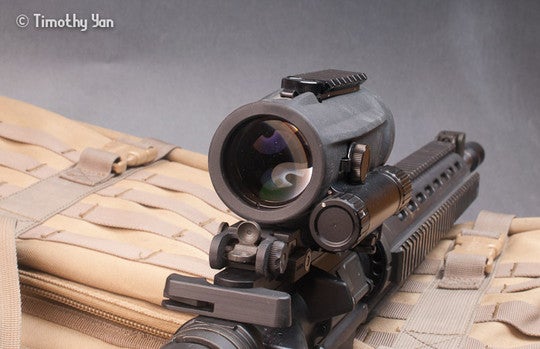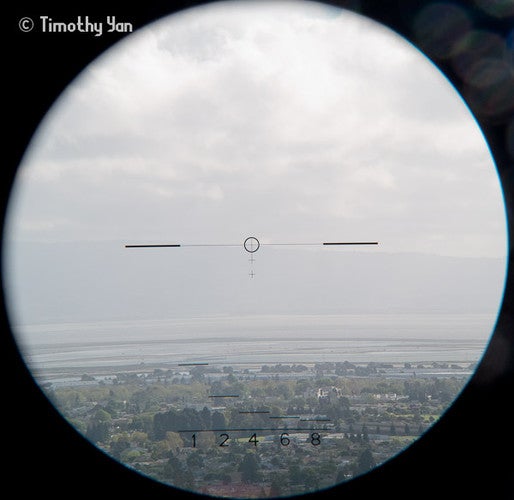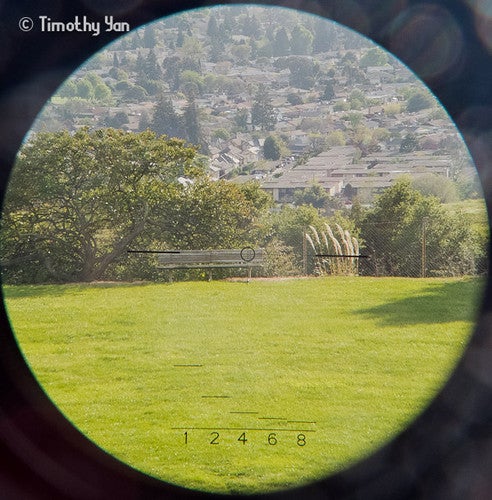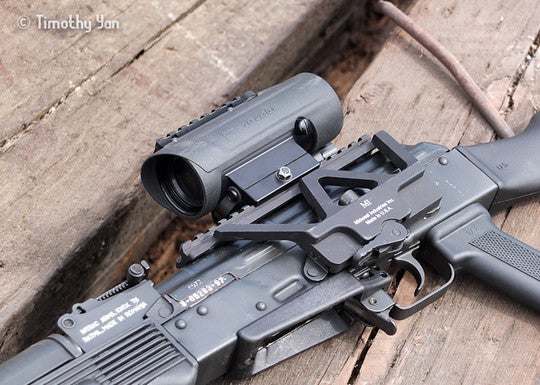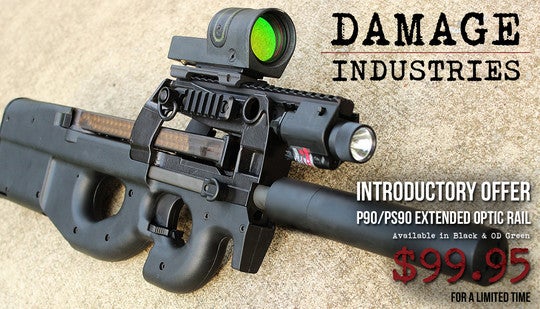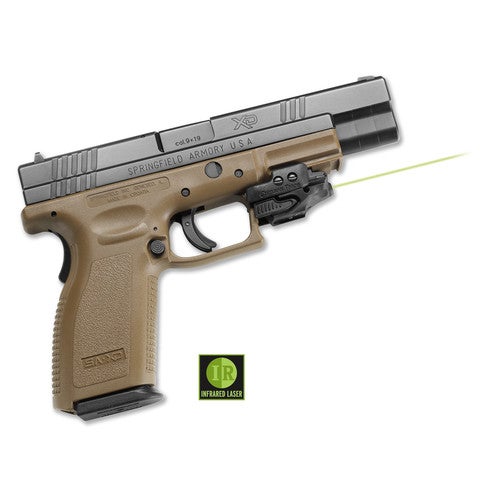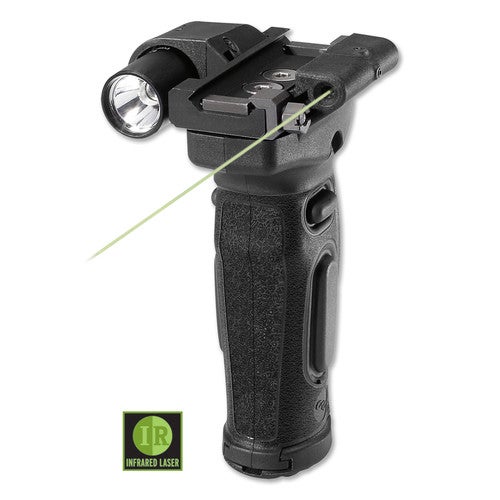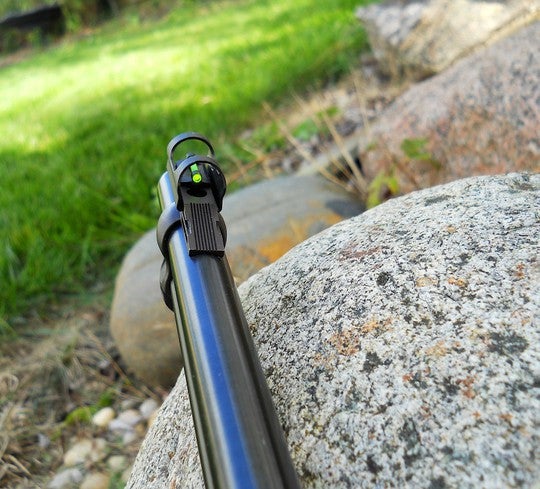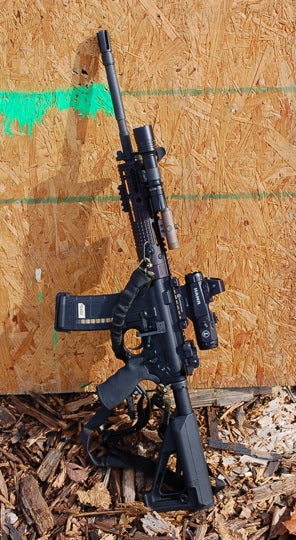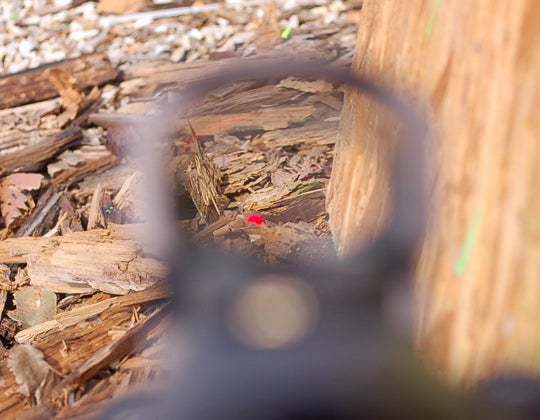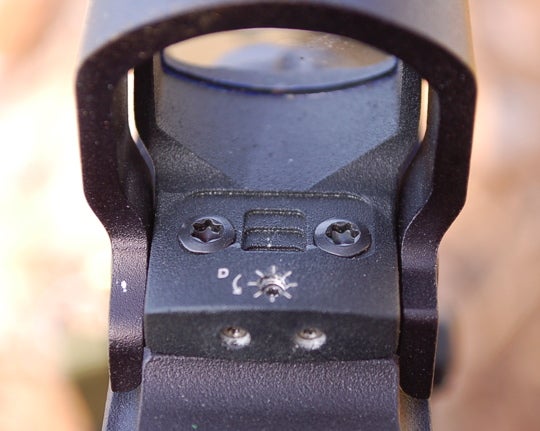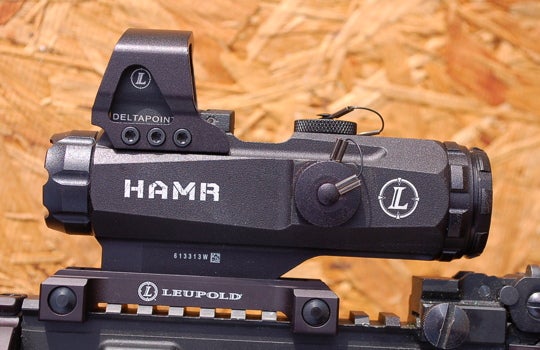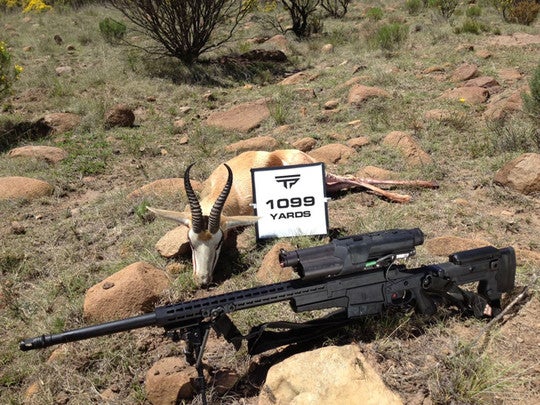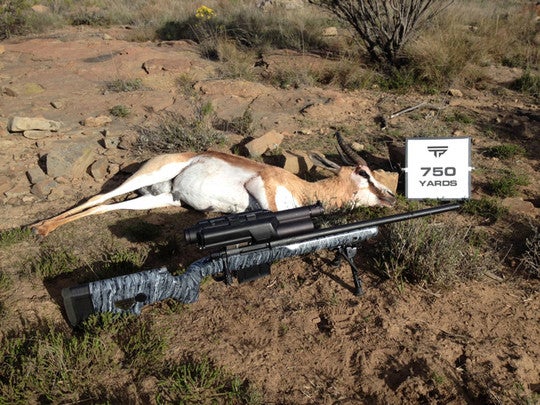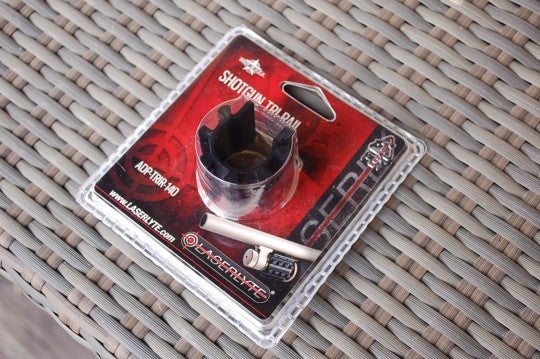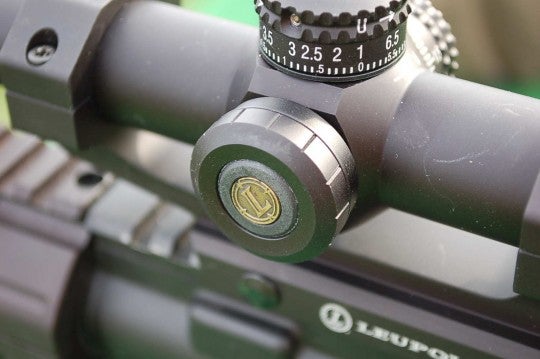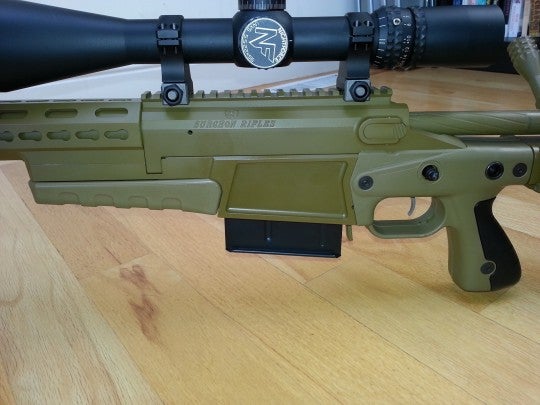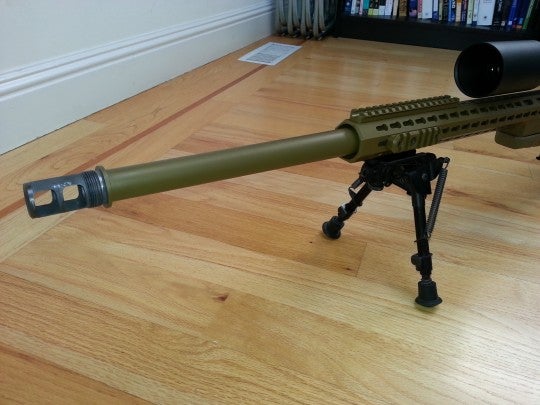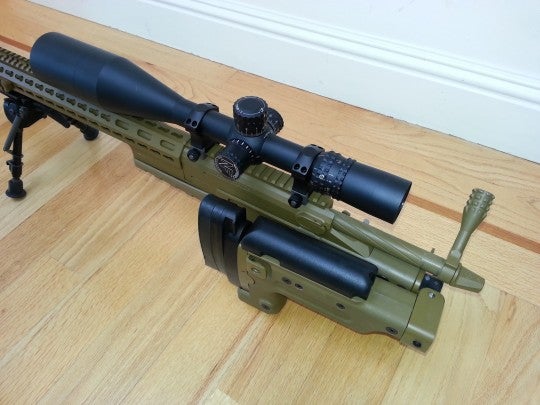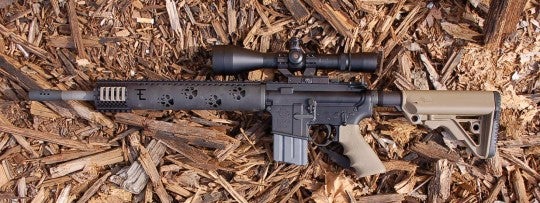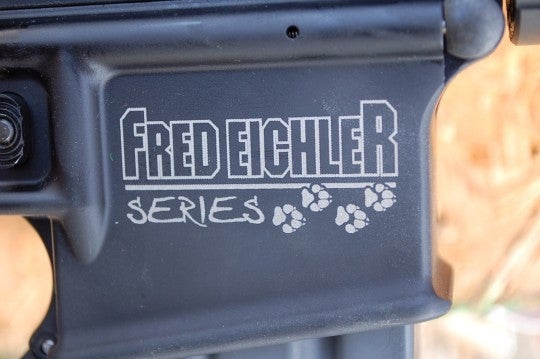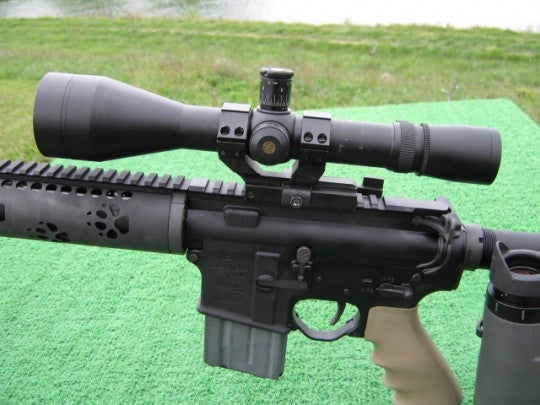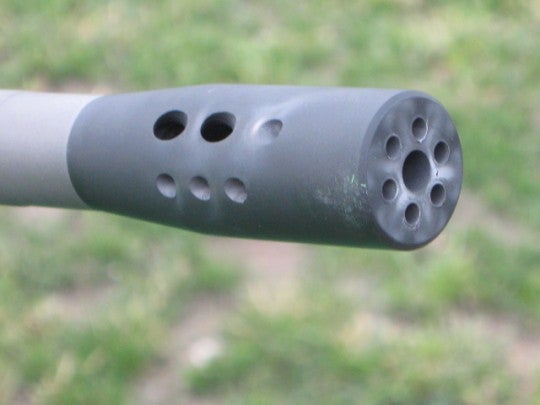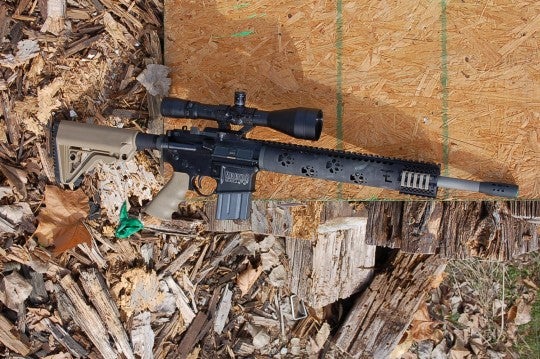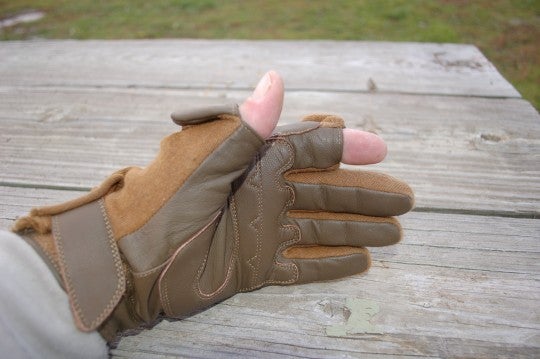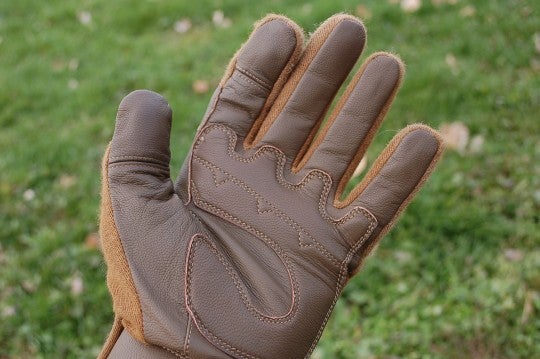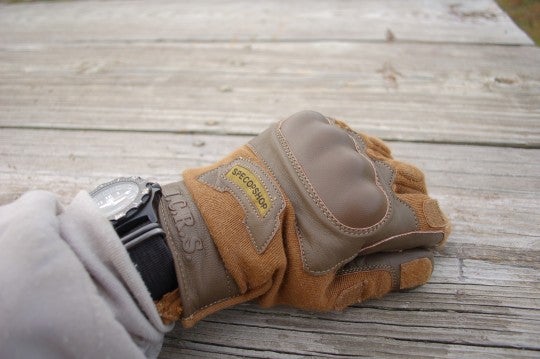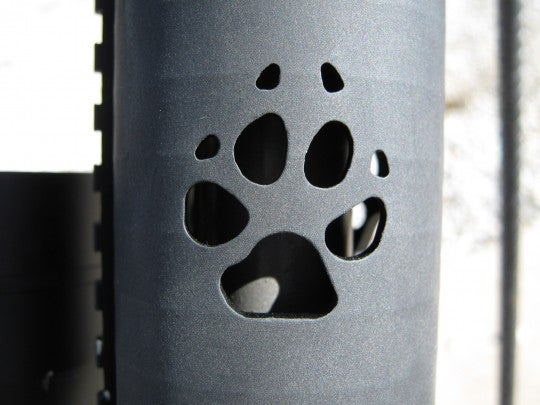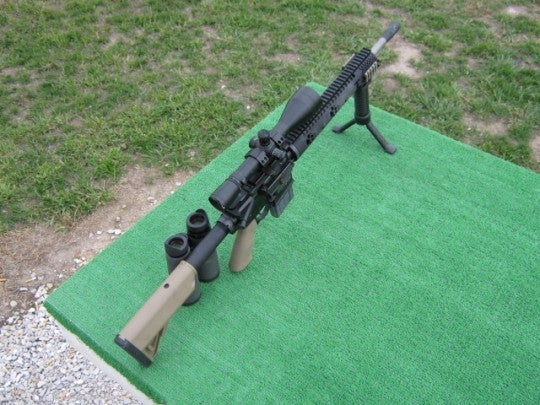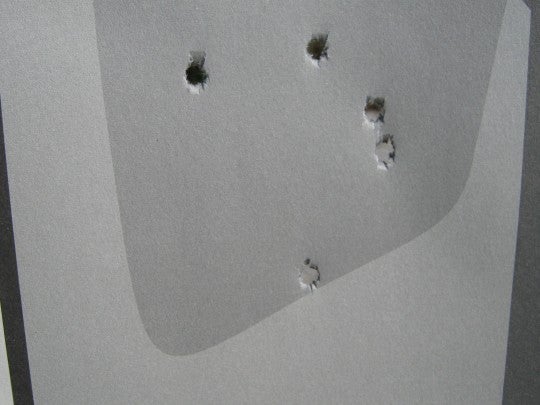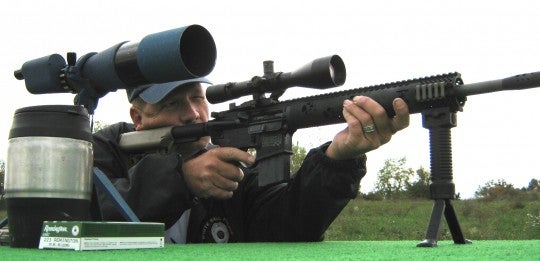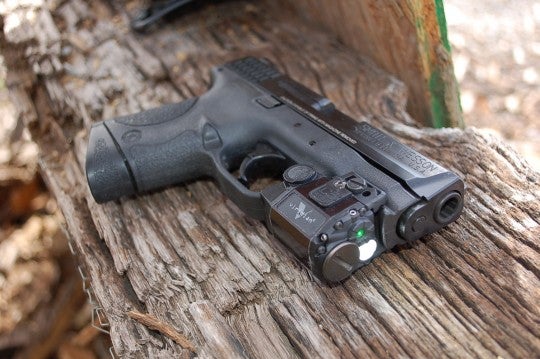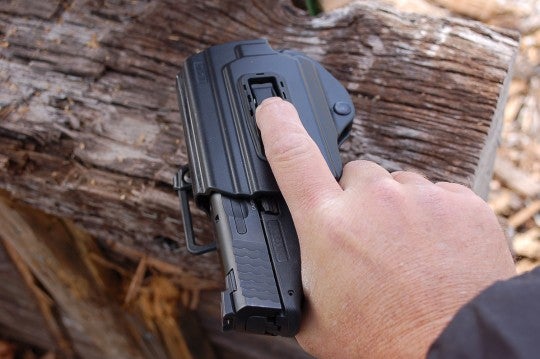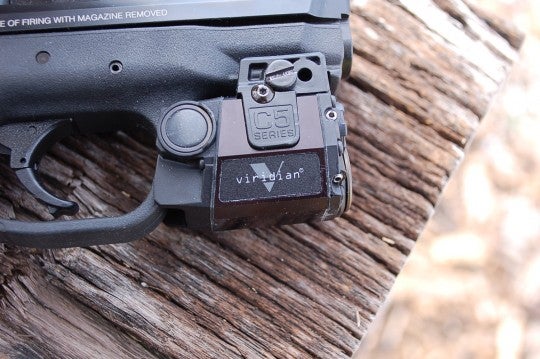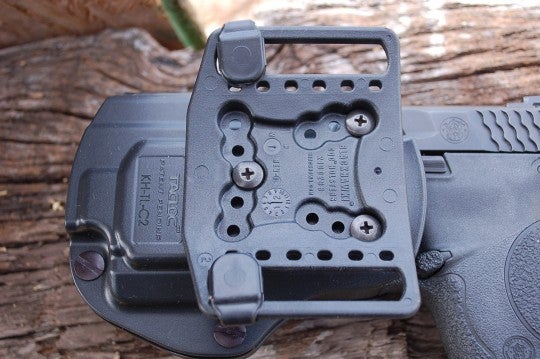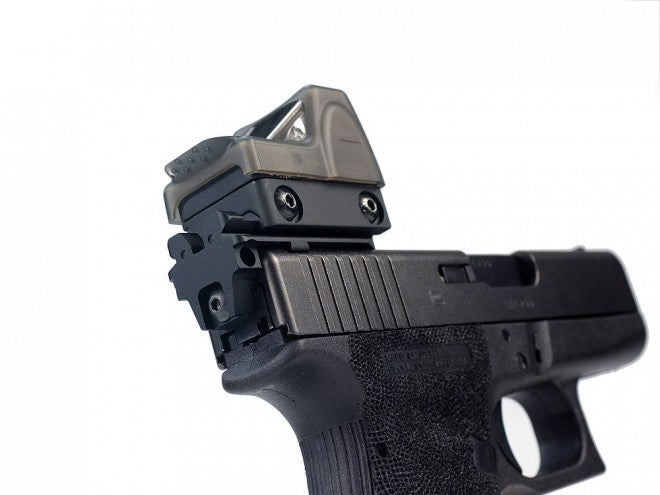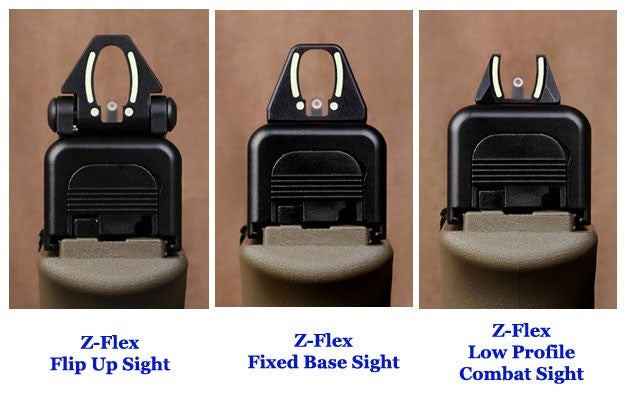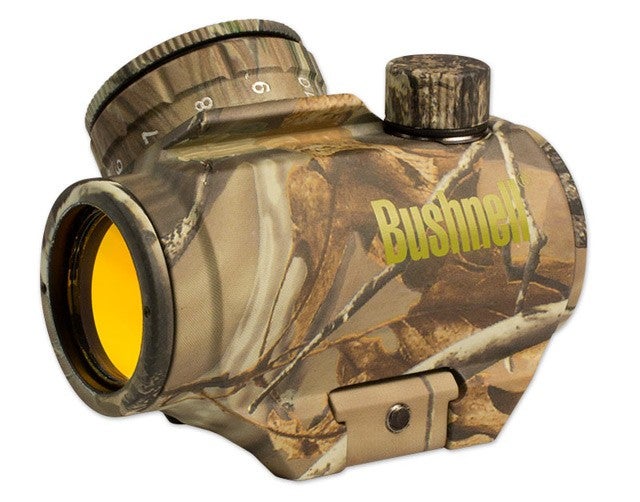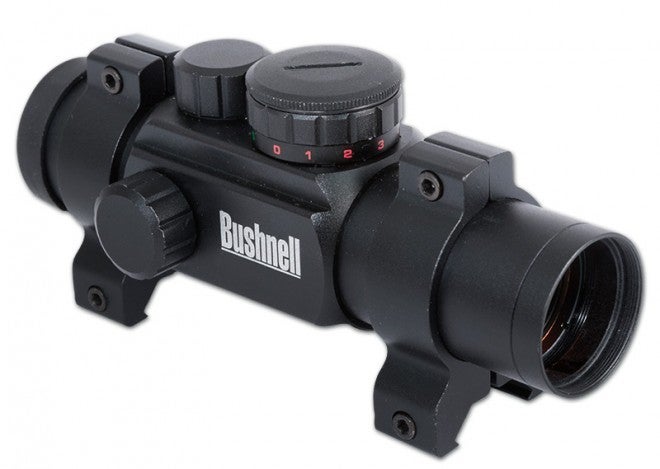![DSC_0183-540x481]()
![DSC_0183]()
Earlier this month The Firearm Blog announced the release of Laserlyte’s new CM-15 shotgun/ rifle laser. This laser system is a variation of the previous “Kryptonyte” line of long gun lasers.
When Steve introduced our readers to the new Laserlyte “Center Mass” I was already in the process of obtaining one for further review. Two weeks ago it arrived and I started testing using the Kel-Tec KSG, which I still had on hand for this review.
![DSC_0185]()
From this point on I’ll refer to the “Center mass” as the CM. The CM is unique in laser design. While the advertisement states the CM is for shotguns and rifles the primary use is obviously for shotguns. The laser uses a circle of eight laser beams uniformly arranged in a circle around the center aiming beam. This arrangement does make it easier and faster to pickup when targeting. This is especially true when using the laser in daylight or low light situations.
![DSC_0187]()
The laser starts out as any other with a single beam. As the beam projects it passes through a refractor, which breaks it into the nine dots, seen on target. It seems such a simple method to obtain an improved sight picture especially in adverse conditions. It certainly works and maintained zero through all testing.
Laserlyte calibrated the CM so that for each yard from the target the outer circle increases size by one inch. In order to make this calibration a number of types of rounds were used and groups averaged. This is also part of the durability testing in order to ensure the unit stands up under heavy and repeated recoil.
![DSC_0181]()
The CM is adjustable for windage and elevation with an included hex wrench. There are two covers over the adjustment screws in order to protect the unit from debris and water. The unit is powered by one C123 battery. The settings are off, on and on demand by use of a ten inch chord which attaches to a tape switch with Velcro backing.
LaserLyte® CM-15 Specifications:
Compatible Firearms: AR’s, AK’s, rifles and shotguns with a Picatinny rail 3-inches or longer
Power Output: Class: IIIA, 5mw
Programmable: Constant On, Momentary On, Off
Batteries: 1 x CR-123
Battery Life: 6 hours (normal usage*)
Weight: 5.4 ounces/0.153 kg
Material: Aircraft Grade 6061 aluminum
Length: 3 inches/7.619 cm
Width: 2.43 inches/ 6.172 cm
Height: 1.37 inches/3.479
MSRP: $284.95
The CM is only available in black at this time. The previous version came in black as well as desert tan. I’m not sure if the company plans on a later release in tan.
The built in rail attachment requires three inches of rail space to mount. Two heavy screws secure it to the rail. A large hex wrench is provided for this purpose. The CM can be mounted on a top, bottom or side rail. If it’s mounted on a top rail the military style post sight on many AR’s will not interfere with the lasers nine beams.
![DSC_0186]()
Laserlyte makes a mount for shotguns such as the Remington 870, Mossberg 500 and others. This rail mount attaches to the front of the magazine tube and provides 270 degrees of attachment space. Of course on shotguns such as the KSG the user simply utilizes the built in top rail.
![DSC_0010]()
Range Time
I spent a good time at the range using various loads from birdshot too buckshot and finally slugs. I found the buckshot loads to be darn close as far as the outer eight-dot circumference is concerned. Birdshot proved to be larger than the circle but then you normally don’t use birdshot for defense. A laser such as this is made for defensive purposes not small game.
Firing slugs from twenty yards resulted in very tight groups. Again the unit stayed tight and maintained zero. In fact I think the CM was in better shape than my shoulder after twenty five rounds of slugs.
These photos were taken in full daylight and were easily seen. Green lasers tend to be 100% better than red in daylight or dark for that matter.
![DSC_0190]()
Conclusion
The Center Mass is a development that makes you wonder why you didn’t think of it. It’s obvious this design is very helpful in getting on target faster with a rifle or shotgun. A shotgun would be my preferred use for the CM. I have the previous version single beam I use on my AR. I would most likely stay with my single beam Laserlyte for the AR but I would without a doubt use the CM on any shotgun I own.
![DSC_0200]()
At a retail of $284 it’s a good buy for the features and durability of this product. As I mentioned I have the original version, which has stood up to, some heavy use over the last year and still works fine and holds zero as well as it did when I bought it. Since these two products are very similar overall I see no reason why the CM wouldn’t last for many years of use.
http://www.laserlyte.com/products/cm-15
![DSC_0196]()





